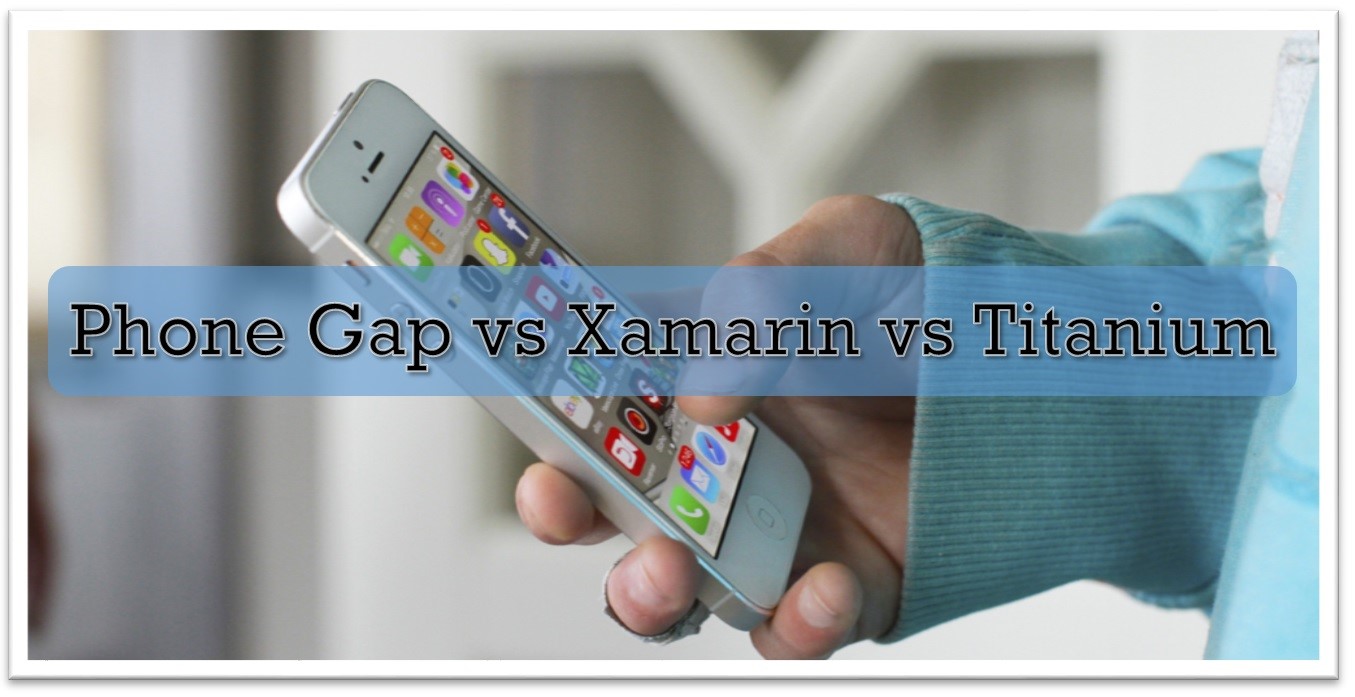In order to effectively fulfill the demands of the 2.5 billion people with mobile devices, these three cross-development platforms have arisen as the currently most used by mobile app developers.
Their purpose is simple: to allow developers to write code for an app only once and then distribute that app into the different mobile operating system’s environments.
The alternative to using a cross-development platform is twofold. Either you can code the same app for different mobile operating systems thus spending much more time and money or you can simply ignore 1 billion potential users and code the app for only one OS.
Don’t think the alternatives sound so great? Neither do we. However, there are still so many apps only on Android or only on iOS because mobile app developers are aware of the following potential drawbacks:
Situational Disadvantages to Cross-Development
- Licensing and subscription fees can be expensive.
- Adds additional libraries which can slightly slow down app load times.
- With a universally usable app, native performance features can be potentially watered down.
- OS updates can cause lag in the app update as the cross-platform vendor must update APIs.
- Adding an extra layer to the mobile app development process potentially means more debugging work.
Although these may seem like large drawbacks, these mobile app development tools have evolved significantly to overcome these factors over the last few years, thus causing the benefits to heavily outweigh these factors.
Pros
- Easy to use, especially for those versed in CSS,HTML, or JavaScript
- Can work with all existing mobile OS
- Converts quickly and easily from code written like a webpage to a mobile app
- Lightweight and simple API makes converting to different environments smooth
Cons
- Apps made on PhoneGap do not perform as well as natively created apps because the code launches through a web browser thus slowing the app down
- Disjointed libraries can cause confusion
- Actual app UI output could be considered unreliable as it is based off of the “web view”
Overall, this cross-platform framework is the simplest and easiest to use so it might be the best choice for those looking to create an app that is both highly similar to a webpage and that does not require heavy amount of interactivity. This is because all PhoneGap applications are collections of HTML webpages that are then rendered as a mobile app. Companies like Sony, Intel, and IBM use PhoneGap.
- Getting started is easy if your team knows C#
- Auto-testing of code with the TestCloud service
- Xamarin Forums allow unlimited code share and is heavily used on a daily basis
- Allows for mvc and mvvm architecture usage
- Huge range of abilities and features to activate within the app itself
Cons
- No support for libraries brought in by a third party
- Large, intensive apps can be difficult to form with purely JavaScript
- Titanium API require a learning curve experience
- Significant licensing fees after mobile app deployment
- No HTML5 or CSS usage results in less impressive animations
Xamarin has been tested to be tried and true to produce quality and functioning apps consistently, but it is undoubtedly with its drawbacks. It works, but it isn’t as native in its functionality as an app developed on Titanium would be. However, the best thing we find about Xamarin is the community on Xamarin forums is highly active and helpful. Companies like Microsoft, GitHub, and Foursquare use Xamarin. Find a more in-depth review of Xamarin here.
Pros
- Resulting mobile apps are stunningly close to natively developed apps
- Javascript based, so development is flexible and smooth
- Free try out period
- In addition to JavaScript, you can compile with native API usage to increase performance
Cons
- No support for libraries brought in by a third party
- Large, intensive apps can be difficult to form with purely JavaScript
- Titanium API require a learning curve experience
- Significant licensing fees after mobile app deployment
- No HTML5 or CSS usage results in less impressive animations
This framework uses native APIs with JavaScript to create the end app so it isn’t truly a “write once” platform but more like a “write most” platform. Because each API is specific to the different platforms and with JavaScript’s innate difficulty for writing large apps through, Titanium is definitely the most complicated. Companies like Cisco, VMWare, and Mitsubishi Electric use Titanium.
If you’re still looking to discover more about how these tools work with mobile app development and how to leverage them for your advantage, then just drop us a message to see what we could do together.
Image credit: https://pixabay.com/en/iphone-4s-technology-mobile-app-830480/




